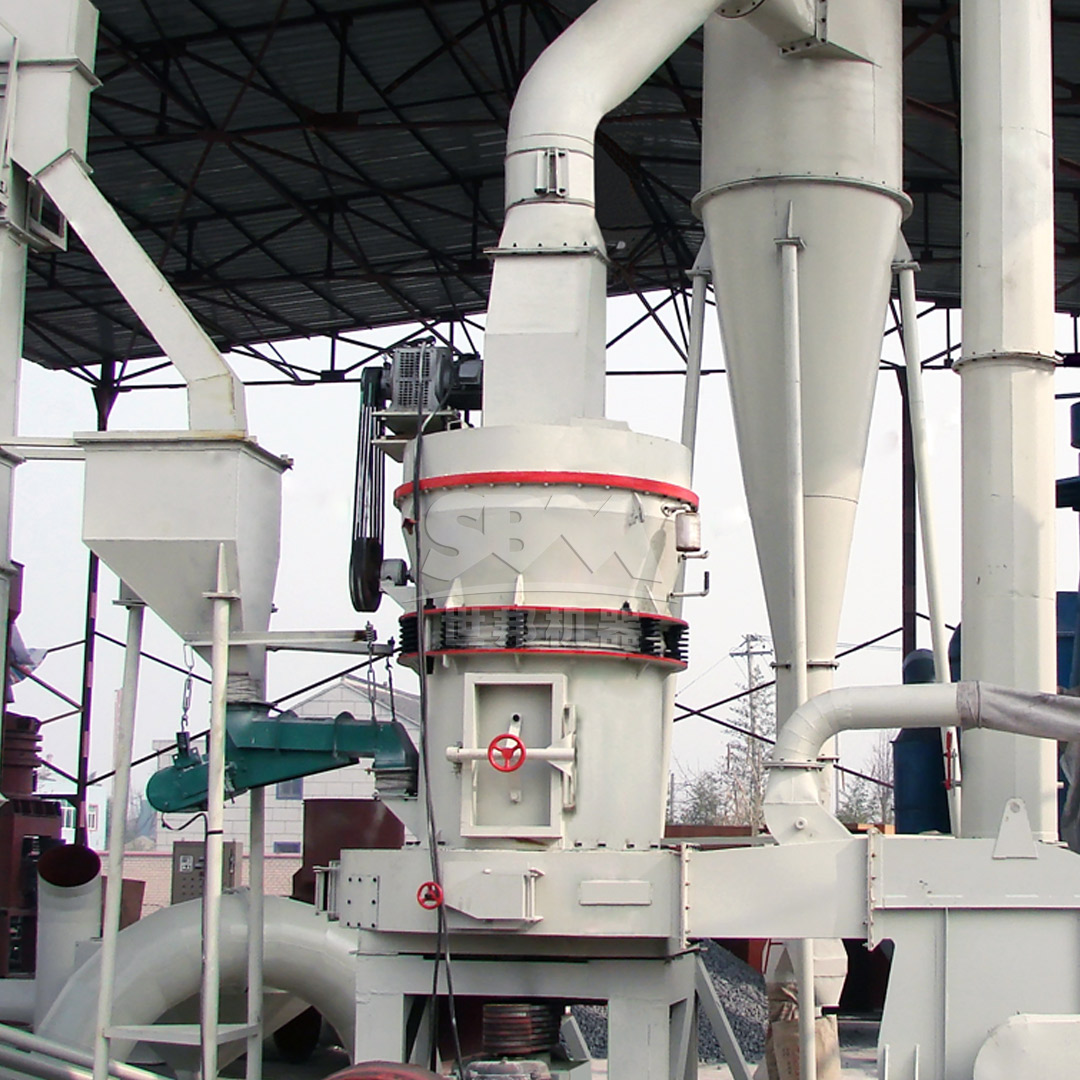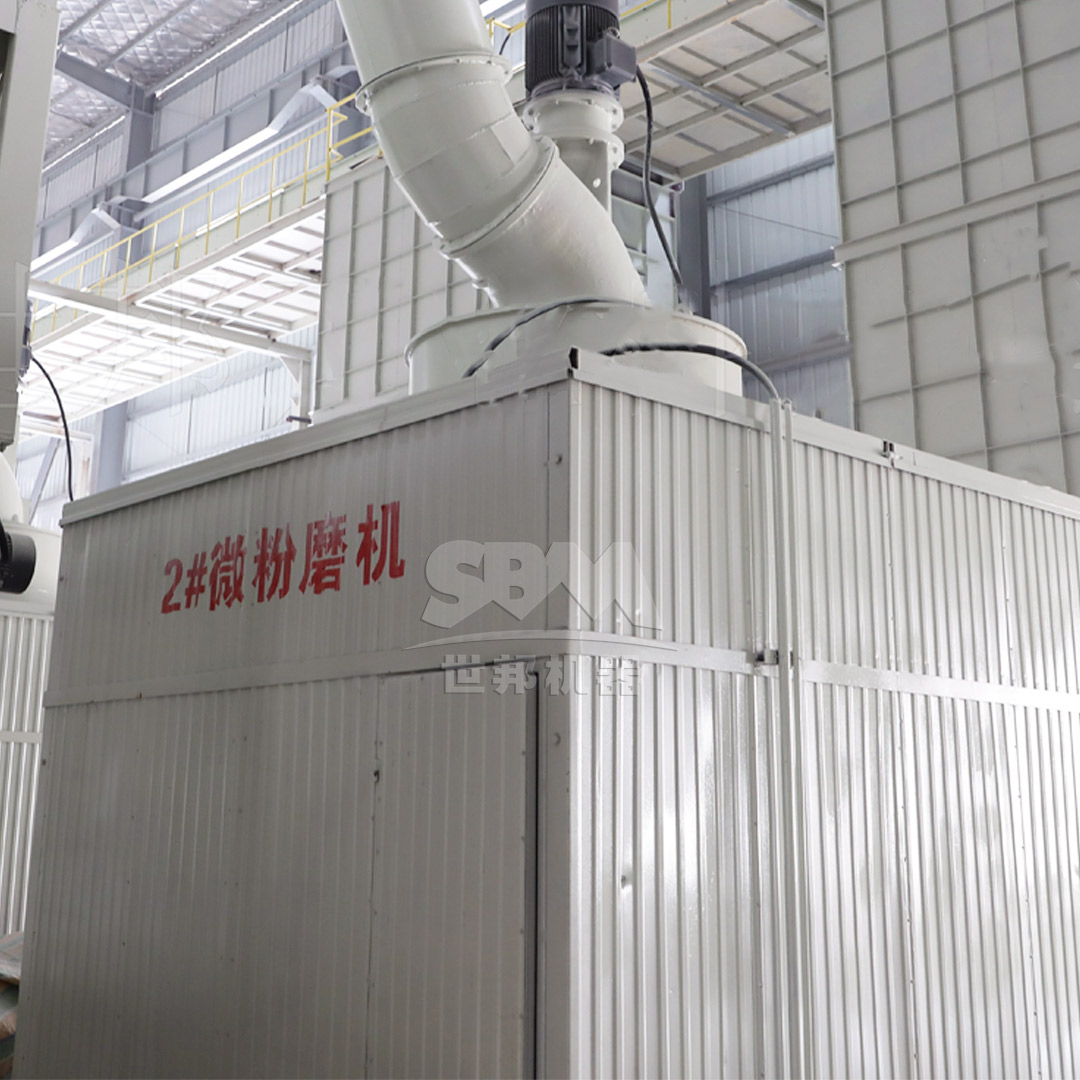Kaolin, also known as china clay, is a versatile industrial mineral with applications ranging from paper coating and fillers to ceramics, paints, and plastics. The value of kaolin is significantly enhanced by its particle size distribution, brightness, and purity, all of which are directly influenced by the grinding process. Selecting the appropriate grinding mill is therefore a critical decision that impacts product quality, operational efficiency, and overall profitability. This article outlines the key factors that must be evaluated to make an informed choice for a kaolin processing plant.

The target particle size is the most fundamental parameter in mill selection. Kaolin applications demand different fineness levels. For instance, paper fillers often require a fineness of 325 to 800 mesh (45-20µm), while high-end paper coatings, specialty plastics, and advanced ceramics may require ultra-fine powders reaching 2500 mesh (5µm) or even finer.
The mill must not only achieve the target top size (D97) but also produce a narrow particle size distribution for consistent product performance.
The required throughput, measured in tons per hour, must align with the mill’s capacity. It is crucial to consider both current needs and future expansion. Under-sizing a mill leads to bottlenecks, while over-sizing results in unnecessary capital expenditure and higher energy consumption per ton. A mill should be selected from a range that offers scalability, allowing for easy capacity upgrades without a complete system overhaul.
Communition is typically the most energy-intensive stage in mineral processing. The grinding efficiency of a mill directly affects operational costs. Key considerations include:
The choice between dry and wet grinding is a pivotal one for kaolin.
| Factor | Dry Grinding | Wet Grinding |
|---|---|---|
| Process | Grinds and classifies dry kaolin. | Grinds kaolin in a slurry, followed by dewatering and drying. |
| Product Fineness | Ideal for medium to ultra-fine powders. | Excellent for achieving very fine sizes and delaminating kaolin platelets. |
| Energy Cost | Lower overall energy if drying is not required. | High energy cost for subsequent slurry drying. |
| Capital Cost | Generally lower, simpler system. | Higher, includes filters, dryers, and thickeners. |
| Dust Control | Requires sophisticated dust collection. | Virtually dust-free. |
Dry grinding is often preferred for its lower overall complexity and cost when the raw kaolin has low moisture content and ultra-fine, high-brightness products are the goal.
Kaolin, though soft (1-2.5 on the Mohs scale), can be abrasive due to the presence of minor impurities like quartz. This abrasiveness leads to wear of grinding elements (rollers, rings, liners).
A high-precision internal classifier is indispensable for modern kaolin grinding. It ensures that only particles meeting the fineness specification leave the mill, while coarse particles are returned for further grinding. This closed-circuit operation is key to achieving a tight particle size distribution and maximizing efficiency. Look for mills with advanced, adjustable classifiers (e.g., vertical turbine classifiers) that offer precise cut-point control.

Maintaining the brightness and chemical purity of kaolin is paramount. The grinding process must not introduce metallic iron or other contaminants that would discolor the product. Mills designed with ceramic linings or that employ a non-contact grinding principle (e.g., certain air-swept mills) are highly effective in preserving product whiteness. Efficient tramp metal removal systems before the mill are also essential.
Modern mills must operate within strict environmental regulations.
An automated control system (e.g., PLC-based) is crucial for stable, consistent, and efficient operation. It allows for:
Based on the critical factors outlined above, two of our mill series stand out as exceptional choices for kaolin processing, catering to different fineness and capacity requirements.
For the production of ultra-fine, high-value kaolin powders, the SCM Ultrafine Mill is the industry benchmark. It is engineered to efficiently achieve fineness from 325 to 2500 mesh (45-5μm), making it perfect for premium paper coatings, high-performance plastics, and advanced ceramic applications.
Why it’s ideal for Kaolin:
With models like the SCM1250 (2.5-14 t/h, 185kW) and the SCM1680 (5-25 t/h, 315kW), this mill series offers a scalable solution for high-volume ultra-fine kaolin production.

For high-capacity production of fine kaolin powders in the range of 30 to 325 mesh (600-45μm), the MTW Series Trapezium Mill is an outstanding choice. It is particularly suited for large-scale operations producing paper fillers and general ceramic grade kaolin.
Why it’s ideal for Kaolin:
Models such as the MTW175G (9.5-25 t/h) and MTW215G (15-45 t/h) provide the power and reliability needed for efficient fine grinding of kaolin.
Selecting the right grinding mill for kaolin is a multi-faceted decision that balances product specifications, operational costs, and long-term reliability. By carefully evaluating factors such as fineness, capacity, energy use, and contamination control, processors can identify the optimal technology. For ultra-fine processing, the SCM Ultrafine Mill delivers unparalleled performance, while for high-volume fine powder production, the MTW Series Trapezium Mill offers robust efficiency. Investing in the correct grinding solution is the foundation for producing high-quality kaolin products that succeed in a competitive global market.